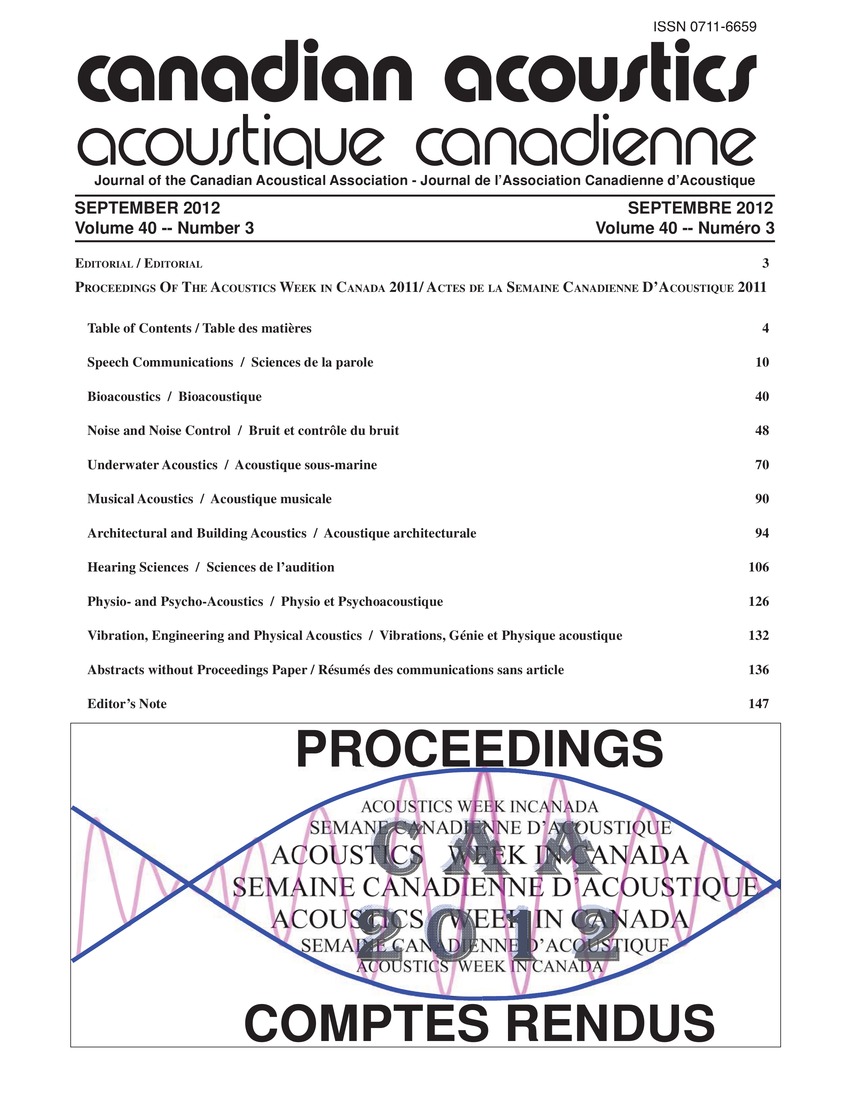Aerotactile acuity as a predictor of sibilant contrast
Keywords:
Independent predictors, Sensory modality, SomatosensoryAbstract
A study that was conducted to hypothesize that aerotactile acuity is an independent predictor of produced contrast distance between sibilants is presented. The term somatosensory applies to a broad range of different sensory modalities. About 21 paid volunteers, all native speakers of English, participated in this study. Data were rejected from three subjects who scored below chance or reached ceiling, and from one subject because of technical problems; the data discussed in this paper therefore came from 17 participants, 10 male and 7 female, ranging in age from 20 to 58 years. The fact that multiple sensory factors play independent roles in speech allows for the possibility that any modality could reasonably play an independent role.Additional Files
Published
How to Cite
Issue
Section
License
Author Licensing Addendum
This Licensing Addendum ("Addendum") is entered into between the undersigned Author(s) and Canadian Acoustics journal published by the Canadian Acoustical Association (hereinafter referred to as the "Publisher"). The Author(s) and the Publisher agree as follows:
-
Retained Rights: The Author(s) retain(s) the following rights:
- The right to reproduce, distribute, and publicly display the Work on the Author's personal website or the website of the Author's institution.
- The right to use the Work in the Author's teaching activities and presentations.
- The right to include the Work in a compilation for the Author's personal use, not for sale.
-
Grant of License: The Author(s) grant(s) to the Publisher a worldwide exclusive license to publish, reproduce, distribute, and display the Work in Canadian Acoustics and any other formats and media deemed appropriate by the Publisher.
-
Attribution: The Publisher agrees to include proper attribution to the Author(s) in all publications and reproductions of the Work.
-
No Conflict: This Addendum is intended to be in harmony with, and not in conflict with, the terms and conditions of the original agreement entered into between the Author(s) and the Publisher.
-
Copyright Clause: Copyright on articles is held by the Author(s). The corresponding Author has the right to grant on behalf of all Authors and does grant on behalf of all Authors, a worldwide exclusive license to the Publisher and its licensees in perpetuity, in all forms, formats, and media (whether known now or created in the future), including but not limited to the rights to publish, reproduce, distribute, display, store, translate, create adaptations, reprints, include within collections, and create summaries, extracts, and/or abstracts of the Contribution.


